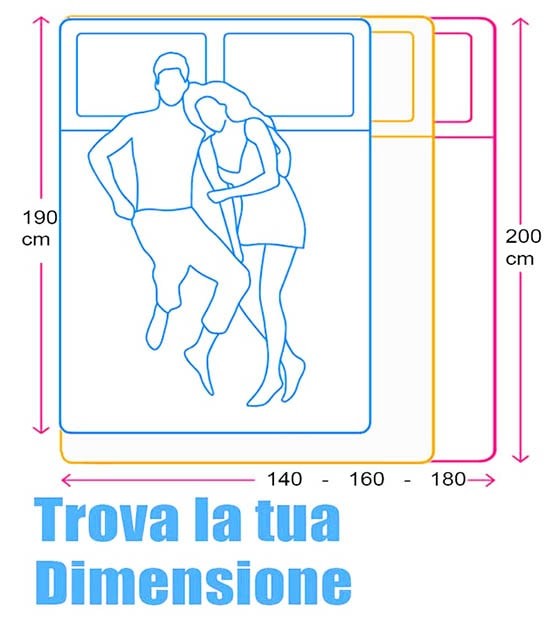Mattress and pressure points
Why do you sometimes wake up feeling sore or unrested, as if you hadn’t slept at all? It may be due to your mattress not supporting and conforming to your body properly—being either too firm or too soft. If the mattress creates too much pressure on the hips and shoulders, it can cause frequent tossing and turning, disrupting your sleep cycles, which are essential for restorative rest.
Why Pressure Relief Is Essential in Mattresses
Why do you sometimes wake up feeling sore or unrested, as if you hadn’t slept at all? It may be due to your mattress not supporting and conforming to your body properly. A mattress that can relieve pressure points is the right one for you. The right mattress provides the perfect balance of cushioning comfort and supportive structure. This balance is achieved through a proper combination of upper comfort layers—those in direct contact with the body—and the supportive core layers deeper within the mattress. The right synergy between comfort and support eliminates pressure points and gives you a sensation of floating: your body is supported without uncomfortable pressure that could harm muscles, spinal alignment, and blood circulation.

Better Sleep and Muscle Recovery
Firm or soft? A mattress should offer support without being hard, and it should feel plush without letting you sink. Support shouldn’t mean stiffness—it means your body is kept in proper alignment without the mattress pushing back against you. At the same time, it should contour to your shape, but not envelop you. This ideal balance of support and comfort is typically found in multi-layer mattresses, at least 28 cm (about 11") thick, combining pocket coils and advanced memory foam with zoned responsiveness, along with thick quilted covers and sometimes an additional layer of microcoils.
Hybrid Mattresses
The term "hybrid mattress" refers to those that combine innerspring coils and memory foam technology. Essentially, it's a mattress with individually wrapped coils topped with a few centimeters (generally 2 to 6 cm) of memory foam. The memory foam layer adds an enhanced level of comfort to the surface, increasing plushness and reducing the sensation of coil pressure, without completely changing the feel of the mattress.
Zoned Support
7-zone, 9-zone, or even 11-zone mattresses—what’s the best option? Zoned support refers to mattresses that offer varying levels of firmness in different areas of the body. Typically, the center of the mattress is firmer to support your torso, with gradually softer zones toward the head and feet. But is zoned support truly effective? The differences are often subtle, leading some to believe it's more of a marketing feature than a real benefit. After all, what happens if you sleep curled up or are much taller or shorter than average? Would the zones still match your body properly?
A High-Performance Mattress
A mattress with well-executed zoned support can still be high-performing and adaptable throughout its entire surface, without needing stark differences between zones. The key lies in using a well-balanced combination of materials that adjust to you whether you sleep on your back or side, whether you weigh 60 or 100 kg (130–220 lbs). This makes it an ideal choice for couples, especially when there’s a significant weight difference between partners.


